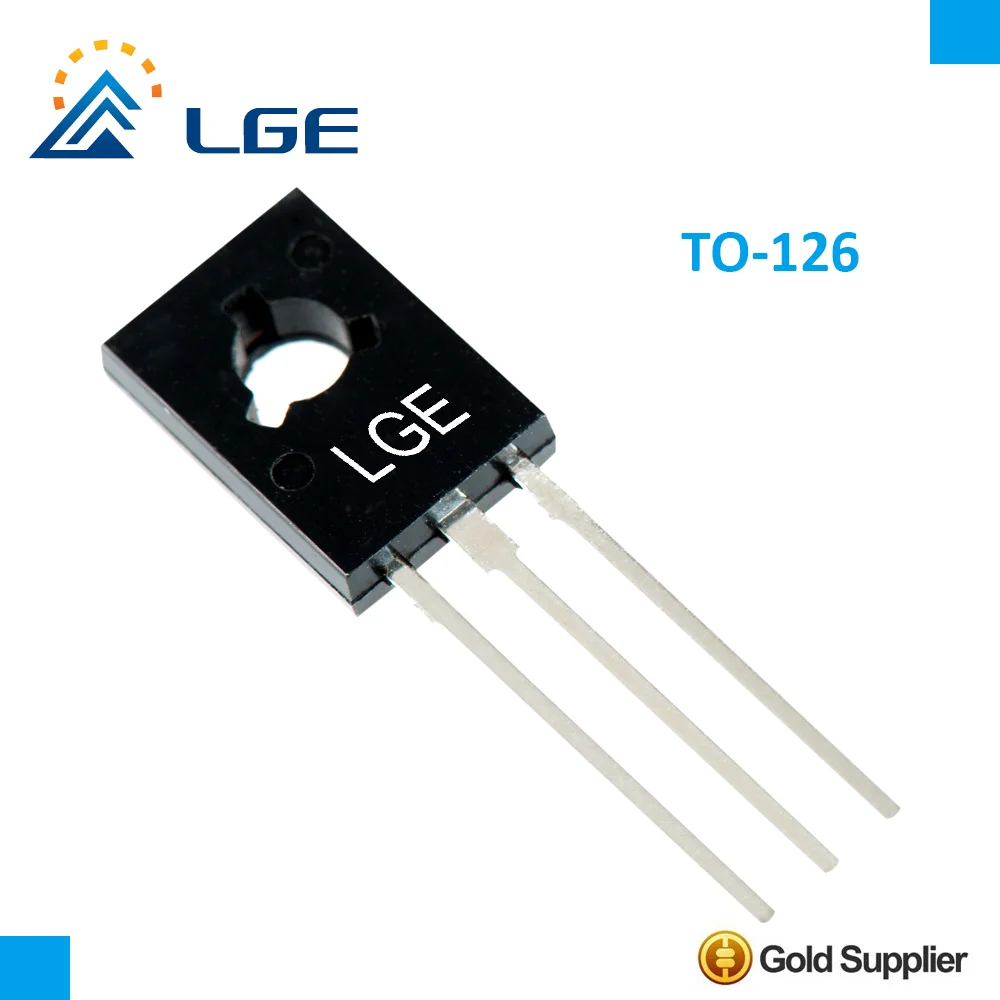

If the functional voltage at |V CB| increases, the size of the depletion region at the C-B junction enlarged, thereby reducing the effective base region. I E get increased with the increase of |V CB|. The E-B junction is connected at forward biased during the standard operation the input characteristics are analogous to p-n diode. In the Common Base mode operation the base is grounded. This Cut-off mode is utilized for current amplification purpose. In this Cut-off mode, one of the junction is in forward biased and other one is connected in reverse biasing. Hence, the transistor stays in the ON mode operate as a closed switch. In this Saturation mode, both junctions are forward biased and current pass through the circuitry. Therefore, the transistor stays in the OFF mode operate as an open switch. In this Active mode, all together the junctions are in reverse biased and no current pass through the circuitry. The output characteristics is distributed into different sections: The Active Region – Out characteristics of a transistor is drawn between the Collector current and Collector-base Voltage with emitter current as a constant. Input characteristics of a transistor is drawn between the Emitter current and Emitter-base Voltage with collector base voltage as a constant. Bipolar Junction Transistor Characteristics: Transistor Characteristics.

As a result, an excessively large emitter current flows. As the collector voltage penetrates the base, and potential barrier at the emitter junction is reduced. At a certain reverse bias of the collector junction, the depletion region covers the base reducing the effective base width to zero. In the reverse biasing configuration, the collector junction is increased, the effective base region decreases. Image Credit: Jp314159, NPN BJT Basic Operation (Active) jP, CC BY-SA 4.0 What is punch through breakdown in BJT? NPN BJT with forward-biased E–B junction and reverse-biased B–C junction “NPN transistor is a type of Bipolar Junction Transistor (BJT) that consists of three terminals and three layers and function as either amplifiers or electronic switches.” The n region is sandwiched between two p region. These types of transistors have two p-region and one n region.

Here, the emitter-based junctions are forward biased and the collector-based junctions are reverse biased. The BJT has three parts named emitter, collector and base. The three terminals are Base, Collector & Emitter.

They are able to amplify a signal as well they control current i.e., they are called as current controlled device. Definition of a Bipolar Junction Transistor:Ī Bipolar Junction Transistor (also well-known as BJT) is a special type of semiconductor device with three terminals made of p-n junctions.


 0 kommentar(er)
0 kommentar(er)
